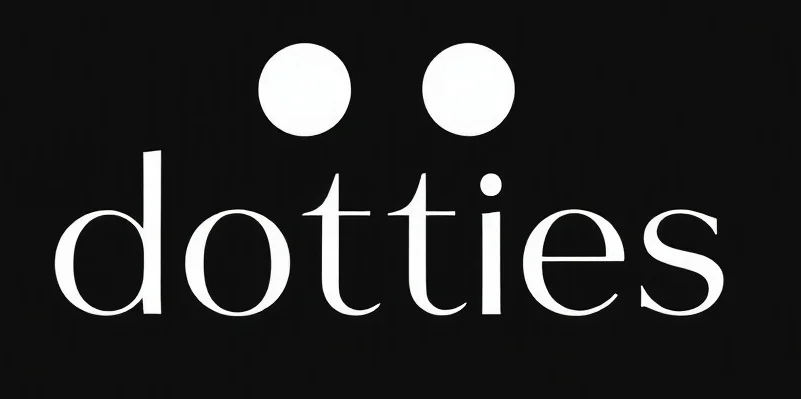Decoding Sales Forecasting: Not a Crystal Ball, But Close
When it comes to sales forecasting, many businesses might feel like they’re peering into a crystal ball, hoping for a glimpse of the future. The reality, however, is much more grounded and, dare I say, fascinating. If you’re curious about how businesses are navigating this tricky terrain, check out these sales forecasting examples. They offer a window into how companies are using data-driven insights to predict sales trends and make informed decisions.
The allure of sales forecasting lies in its promise to provide clarity in a world of uncertainty. But, let’s not kid ourselves—it’s not about wizardry or telepathy. It’s about understanding patterns, leveraging historical data, and harnessing the computational power of AI to make educated guesses about the future.
The Role of Data in Forecasting
Data is the backbone of sales forecasting. Think of it as the raw ingredients in a recipe for success. Without it, you’re just hoping for a good outcome. Companies today have the luxury (or the challenge, depending on how you see it) of having vast amounts of data at their fingertips. But data alone isn’t enough. It’s the analysis, interpretation, and application that transform these numbers into actionable insights.
AI: The Tireless Intern
Enter AI, our trusty intern, who never sleeps and seldom complains. It processes data at speeds that would make even the most experienced analyst’s head spin. But remember, while AI can do the heavy lifting, it still needs guidance. It’s not magic; it’s a tool. And like any tool, its effectiveness depends on how well it’s used.
AI-driven sales forecasting models can sift through historical data, identify trends, and make predictions with impressive accuracy. It’s like having an intern who knows all the right questions to ask and can crunch numbers faster than you can say “spreadsheet”. But be warned—AI can occasionally make perplexing decisions, which is why human oversight remains crucial.
Bridging the Gap Between Data and Decisions
The challenge many businesses face is not just in forecasting sales, but in interpreting these forecasts and acting on them. It’s one thing to have a forecast; it’s another to understand its implications and adjust strategies accordingly. This is where the human element comes into play. We need to make sense of the data, ask the right questions, and apply our understanding of the market to make informed decisions.
Actionable Recommendations for Businesses
So, what can businesses do to improve their sales forecasting? First, invest in quality data collection and management systems. Without accurate data, even the best AI models will flounder. Second, develop a strong understanding of your market and customer base. This context is crucial when interpreting forecasts. Third, foster a collaborative environment where data analysts, sales teams, and decision-makers can work together. And finally, don’t forget the human element—AI is here to assist, not replace. Use it to augment your capabilities, not to be the sole decision-maker.
In conclusion, sales forecasting is less about predicting the future with certainty and more about making informed guesses based on available data. It’s a journey that combines the precision of AI with the intuition of human experience. And while it may not be a perfect science, it’s an invaluable tool for businesses aiming to navigate the unpredictable waters of commerce.
Checkout ProductScope AI’s Studio (and get 200 free studio credits)

